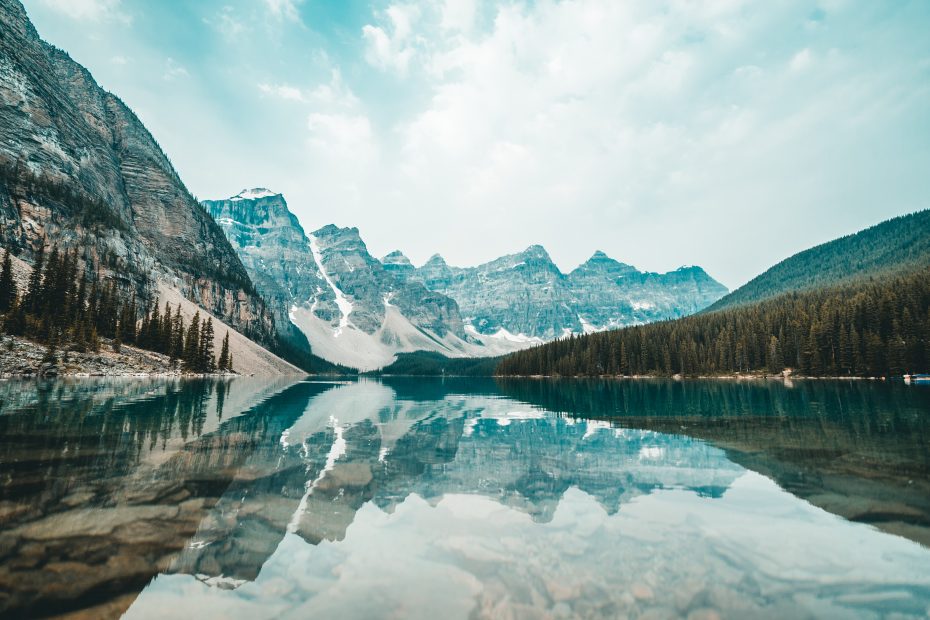Table of Contents
Introduction
With its vast frontiers and varied terrain, Canada is a nature lover’s paradise. From the majestic Rocky Mountains to the remote tundra, there are countless natural wonders to explore in the Great White North. Canada’s national and provincial parks protect these landscapes, providing opportunities to experience the diversity of Canada’s environment. This article highlights some of the country’s most spectacular natural attractions from coast to coast to coast.
Western Canada
Rocky Mountains
The Canadian Rockies in western Canada are known for their striking snow-capped peaks, turquoise lakes, thundering waterfalls and magnificent glaciers. Spanning British Columbia and Alberta, this range of towering mountains offers plenty of hiking trails, scenic drives and cozy mountain towns to explore. Start at Banff or Jasper National Park to experience the Rockies’ majesty.
Banff National Park
As Canada’s oldest national park, Banff is one of the country’s most popular for good reason. Located in Alberta, Banff’s highlights include scenic Lake Louise and Moraine Lake, surrounded by dramatic mountain vistas. Keep an eye out for wildlife like elk, bighorn sheep and grizzly bears. The park offers outdoor activities year-round, from hiking and camping in summer to skiing and snowshoeing in winter.
Central Canada
Canadian Shield
Stretching through Ontario and Quebec, the Canadian Shield is one of the world’s oldest geological regions, with ancient igneous and metamorphic rock formations dating back billions of years. Dotted with thousands of lakes and rivers, the boreal forest landscape provides excellent canoeing, fishing and hiking opportunities. Don’t miss the stunning fall colors changing the forest canopy to vibrant reds and oranges.
Niagara Falls
As one of the world’s most powerful waterfalls, a visit to Niagara Falls crossing Ontario and New York is a must. Take a boat tour to get soak in the mist at the base of the thundering Falls. For a breathtaking view, head up to the Observation Tower or journey behind the Falls to see the cascade from behind. Best experienced in spring or fall when the crowds are smaller.
Eastern Canada
Fundy Bay
Along Canada’s east coast, the Bay of Fundy in New Brunswick experiences the highest tides in the world. Twice a day the powerful tides rush in and out, creating massive waves and revealing the ocean floor. Popular activities include tidal bore rafting, birdwatching and exploring the dramatic sea cliffs and rock formations carved out by the tides.
Gros Morne National Park
Designated a UNESCO World Heritage Site, Gros Morne National Park on Newfoundland’s west coast showcases the province’s rugged natural beauty. Here you’ll find fjords, waterfalls, sandy beaches, coastal bogs and the stunning Western Brook Pond gorge. With over 20 hiking trails, the park offers many options for exploring its geology and diverse ecosystems.
Northern Canada
Yukon
In Canada’s northwest, the Yukon is known for the Midnight Sun in summer when daylight lasts into the night. Take an unforgettable camping or canoe trip under the 24-hour daylight. Come winter, skies darken and the Northern Lights dance overhead. Experience Yukon’s untamed wilderness by dogsled or snowmobile.
Nunavut
At Canada’s northern tip lies the territory of Nunavut, home to the North Pole and populated by polar bears, walruses, whales and seals. Visit in summer to cruise along iceberg-dotted waters watching marine life. Or come in winter and dogsled or snowmobile across the frozen tundra, keeping an eye out for the magical Aurora Borealis lighting up the night skies.
Conclusion
From coast to coast to coast, Canada is filled with awe-inspiring landscapes and natural wonders waiting to be explored. Its national and provincial parks protect these special places while providing access and world-class facilities. Whether you seek mountain adventures, coastal wonders or northern lights, Canada promises amazing nature experiences. So start planning your trip to take in the natural splendor of the Great White North.
FAQs
What is Canada’s largest national park?
Canada’s largest national park is Wood Buffalo National Park, spanning 44,807 square kilometers across northern Alberta and southern Northwest Territories.
What is the most visited national park in Canada?
The most visited national park in Canada is Banff National Park in Alberta, welcoming over 4 million visitors per year.
Where are the Rocky Mountains located in Canada?
The Canadian Rockies span British Columbia and Alberta in western Canada along the Continental Divide, with Banff and Jasper as the main national parks.
What causes the high tides in the Bay of Fundy?
The Bay of Fundy experiences the highest tides in the world due to its unique funnel shape, tidal resonance and the gravitational pull between the moon and the sun.
When is the best time to see the Northern Lights in Canada?
The best time to see the Northern Lights in Canada is between late August to mid-April, when the night skies are dark. Peak activity is around the equinoxes in March and September.
